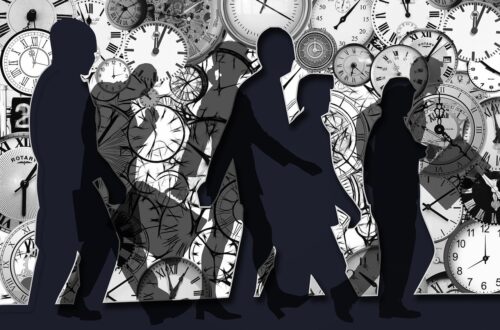
Creating Characters with Heart: The Key to Engaging Romance Stories
One of the greatest joys in writing romance is crafting characters that readers not only relate to but root for. Romance isn’t just about two people falling in love—at its core, it’s about their personal growth, the obstacles they overcome, and how love helps transform them into better versions of themselves. Developing characters with depth, complexity, and emotional resonance is essential to any memorable romance story.
1. Start with Flaws and Fears
Every character, whether it’s the brooding hero or the fiercely independent heroine, must have flaws and fears. This is what makes them human, relatable, and real. Perfect characters are difficult to connect with because readers want to see someone struggle and grow—just as they do in their own lives. Maybe your hero has a fear of vulnerability because of past heartbreak, or your heroine is overly focused on her career to avoid intimacy. These imperfections are what will make readers empathize with your characters, especially as they overcome these internal battles throughout the story.
2. Backstory is Key
When developing romance characters, backstory plays an essential role in shaping who they are and why they act the way they do. Understanding where they came from—childhood experiences, past relationships, family dynamics—provides the framework for their behavior, outlook on love, and how they respond to conflict. Does your character avoid commitment because they grew up in a home where love was conditional? Or maybe they throw themselves into relationships too quickly because they’re desperate to find what their parents never had. Whatever it is, give your characters a past that influences their present.
3. Emotional Arcs: The Heart of the Story
Romance stories thrive on character growth and transformation. The emotional journey your characters go through is as important—if not more important—than the external plot. Both characters should change over the course of the story. This often involves confronting fears, healing from past wounds, or learning to trust again. Their relationship should be the catalyst for this transformation. It’s through love that your characters become braver, more vulnerable, and ultimately, happier. Whether they begin as enemies, friends, or total strangers, the love they develop should lead them to a better understanding of themselves and each other.
4. Vulnerability and Connection
At the heart of any romance is vulnerability. To create characters that feel real and evoke strong emotions in readers, you need to explore moments of openness and honesty. Romance thrives on these intimate moments where characters let their guard down and show their true selves. This is where connection happens, both between the characters themselves and between the reader and the characters. Vulnerability leads to trust, and trust leads to love. These moments should feel earned—don’t rush them. Build to these emotional peaks so that when they do happen, they feel meaningful and profound.
5. Make Them Relatable, Yet Distinct
Romance readers want to connect with your characters, but they also want to be intrigued by them. This balance between relatability and distinctiveness is key. While it’s important that your characters’ struggles and emotions resonate with readers, they should also stand out as unique individuals with their own quirks, interests, and perspectives. Maybe your hero has an unusual hobby that brings humor and lightness to the story, or your heroine has a sharp wit that keeps readers entertained. These unique traits will make your characters memorable while their emotional struggles make them relatable.
6. Building Chemistry: It’s More Than Attraction
Physical attraction is often part of romance, but chemistry goes much deeper than just looks. True chemistry comes from how characters connect emotionally, how they challenge and complement one another. It’s in the banter, the shared vulnerabilities, and the way they grow together as they navigate the challenges in their relationship. Think about how their personalities play off each other. Do they push each other to grow, or do they provide a sense of comfort and safety? The best romantic chemistry comes from this deeper emotional connection, which creates a bond that feels authentic and enduring.
7. Let Them Stumble
Finally, remember that characters with heart are allowed to make mistakes. In fact, they should. Love stories are more satisfying when the characters aren’t perfect, when they have moments of doubt, frustration, or even make bad decisions. It’s in these missteps that they learn the most about themselves and their partner. A well-written romance character isn’t flawless; they are evolving. Their journey to love, like in real life, is filled with bumps along the way, and those challenges make the final resolution all the sweeter.
Conclusion: Crafting Unforgettable Romance Characters
Creating characters with heart is about more than just writing likable people. It’s about building multi-dimensional, emotionally rich individuals who feel real to the reader. Their struggles, growth, and vulnerability make them captivating, and it’s through their love story that they truly come to life. So, when developing your next romance hero or heroine, remember that their emotional journey is just as important—if not more so—than their physical one. By focusing on their flaws, fears, and emotional transformation, you’ll craft characters that readers can’t help but fall in love with.
All the best,
Patti Ann



2 Comments
Pingback:
Pingback: